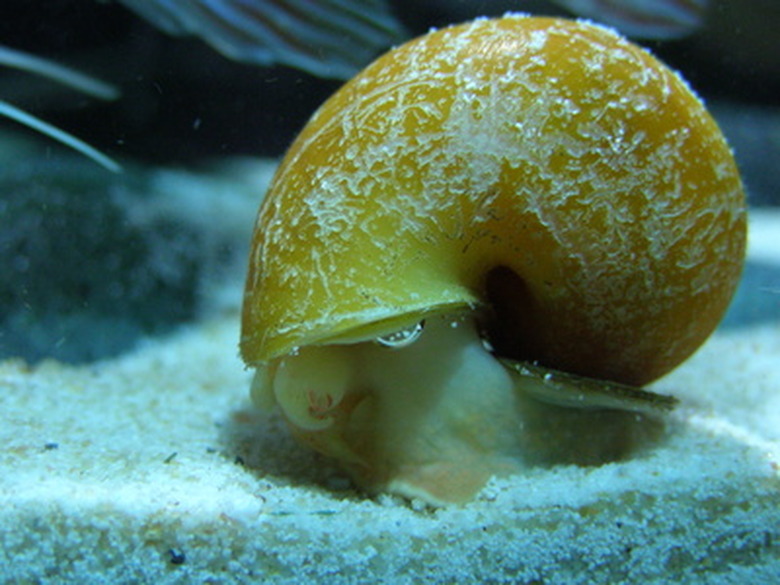How To Care For Snails In An Aquarium
Snails in the aquarium can be fascinating to watch as they suck up algae, leftover fish food, and other edible scraps. They can also be quite decorative, coming in various colors and sizes. Some snails appear spontaneously in aquariums, hatching from jellylike eggs tucked away in plants purchased from a fish store. Learn about aquatic snail care to keep them and the entire fish tank healthy.
Best pet snails for beginners
Best pet snails for beginners
If you've never had pet snails, first make sure that you want them. Although they are readily available, inexpensive, and very easy to care for, a pet snail can lay up to 15,000 eggs per year. That can leave you with a lot of unwanted snails in your tank.
Nerite snails are unique, as they won't reproduce in freshwater aquariums. The snails require brackish water for newly hatched offspring to survive, so you can rest assured that there won't be a population explosion on your hands. Should you ever wish to raise more nerites, you can put them in a separate tank with the right water conditions for reproducing.
Nerite snails are some of the best pet snails for beginners, as they won't eat your aquarium plants. They come in colorful varieties, such as the bright green emerald nerite, and in patterns that include the zebra nerite, checkered nerite, and patterned versicolor nerite. They're easy to care for, can live off algae and other green matter, and will adapt to a variety of water conditions.
Care of freshwater aquarium snails
Care of freshwater aquarium snails
There are many other types of freshwater aquarium snails from which to choose. Apple snails are one of the largest freshwater aquarium snails. They can grow to be as large as 6 inches in diameter when tank conditions are right. Malaysian live-bearing snails, mystery snails, and ramshorn snails are other common varieties found in the pet trade.
Snails are able to flourish in conditions suited for freshwater aquarium fish; however, your aquarium might not flourish from snails living in it. Snails create a bioload on your aquarium, meaning their waste adds to the toxic load in your tank. Some species, such as apple snails, can smell unpleasant, and many types are known to nibble on live plants or their roots.
Tankmates can also affect the life span of snails. Avoid placing them in tanks of aggressive species, such as cichlids, loaches, or pufferfish, so they don't get bullied or eaten.
Keep them in check
Keep them in check
Snails tend to hide in the substrate during the day and come out to feed during nighttime hours. Your first clue to being overpopulated with snails might be that you're having a hard time keeping your water conditions right. Take a middle of the night visit and flip on the light in an otherwise darkened tank and you might be surprised to see a multitude climbing the walls and crawling on every surface.
The snails can be easily picked up with forceps or by hand at this time. However, once removed from the tank, you'll have to decide what to do with them. Don't take them to a local pond, river, or other water body. The snails that created overpopulation in your tank will also flourish in the wild, outcompeting native wildlife and affecting entire ecological environments.
Keep populations in check by reducing their food supply in your tank. Frequent vacuuming will remove overabundant conditions that promote breeding. Add assassin snails to your tank. They won't harm snails their own size, but they'll help clean up eggs and will eat small snails. Finally, you can remove snails by hand and put them in a tank with cichlids, pufferfish, or loaches who will eat them and benefit from the fresh food.
